As a boy I had a skyline calendar that declared San Diego as “America’s Finest City.” At the time, I didn’t understand the positionality that San Diego enjoyed in order to maintain that exceptional designation. Minutes away across the border, is Tijuana. A place that has a rich and complex history, and one that has been traditionally over exploited for the gain of the American enterprise. A metaphorical Tijuana Yin for the San Diego Yang.
Now, It’s mere days before Trump’s second inauguration. The touristy downtown Zona Rio of Tijuana is awash in colorful flags flapping in the cool breeze of winter. Squadrons of Marines patrol on foot while Mariachi ensembles play on. A Haitian couple crosses the street under the iconic Downtown Arch. Underneath the sombreros and trinkets, realities here are starting to shift again.
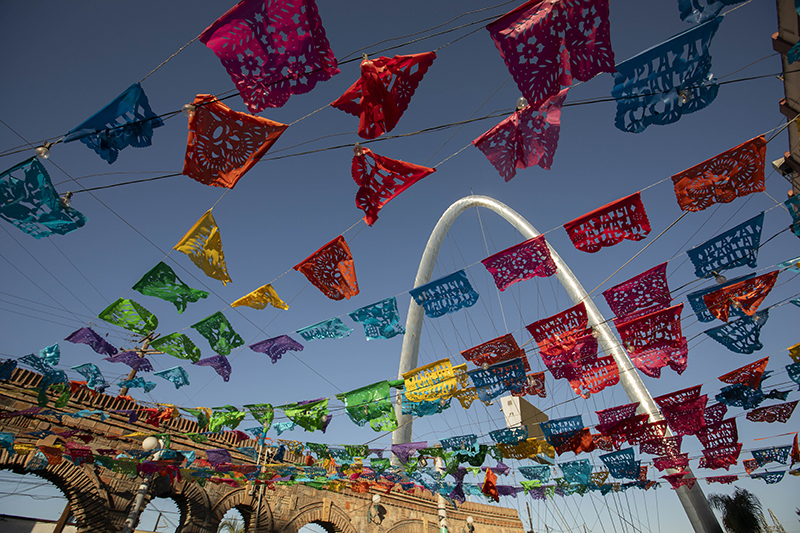
Urban Historian Lewis Mumford has shown that cities are places of conscious construction, where their “complex and enduring structure”1 is one that reveals the historic process. Contemporary Tijuana is not immune from these processes. This photo essay aims to highlight the polarized conditions of the city and region at the start of 2025, as this area has become a ground zero for the intersections of capitalistic globalism, urban development and new waves of migration.
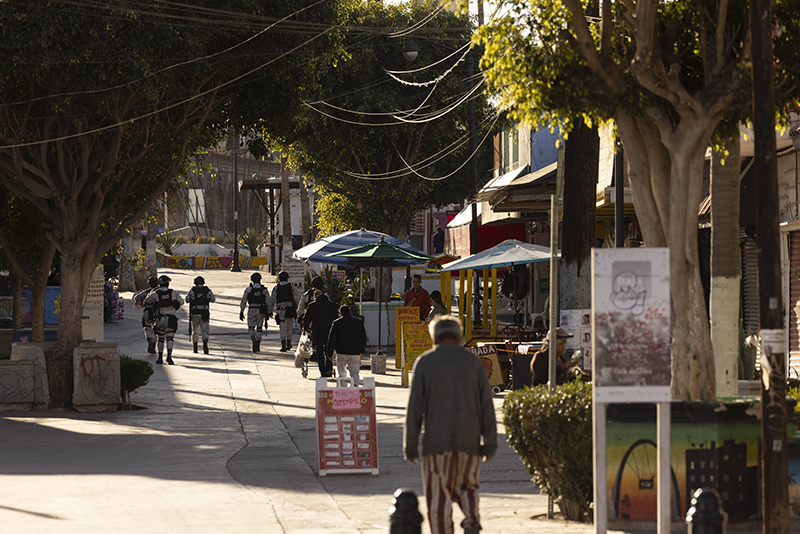
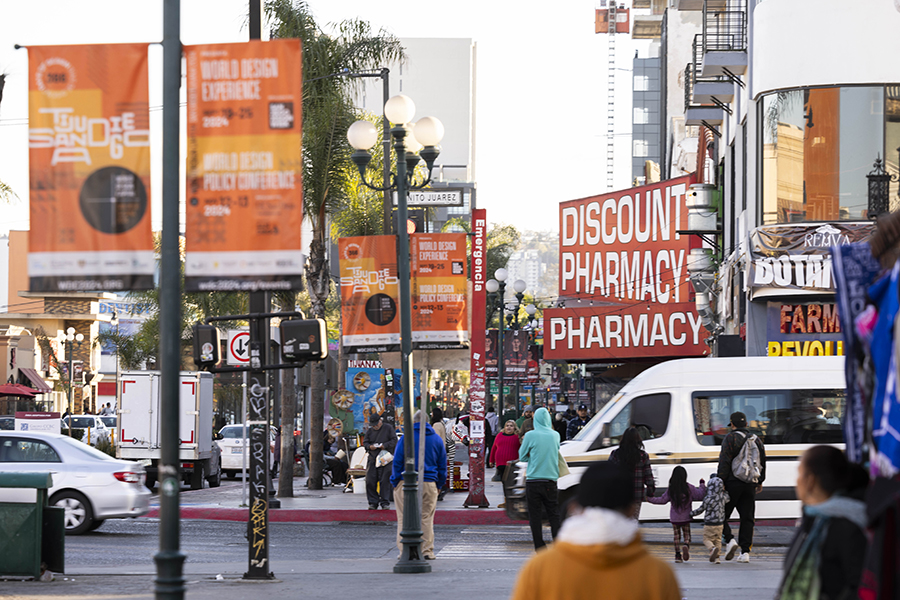
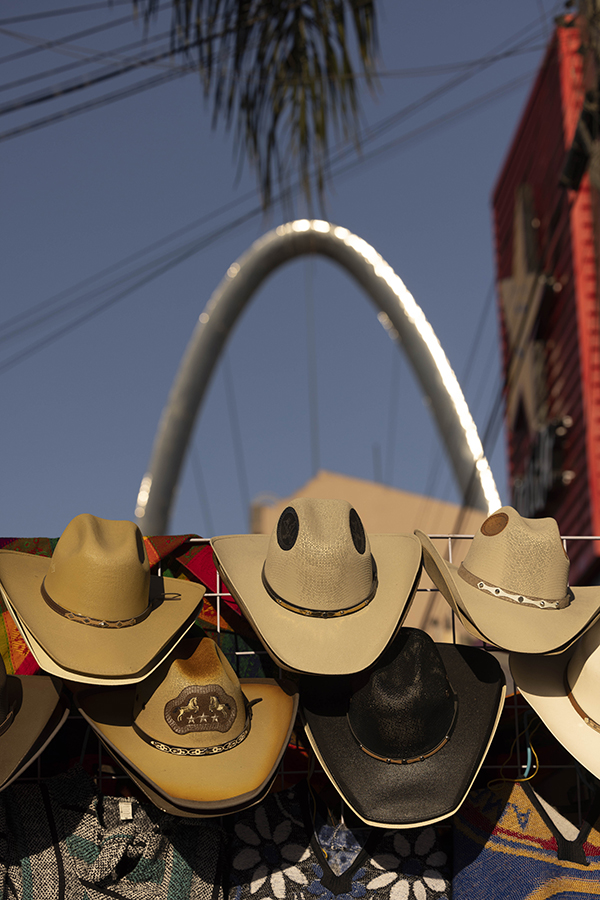
iconic Tijuana arch.
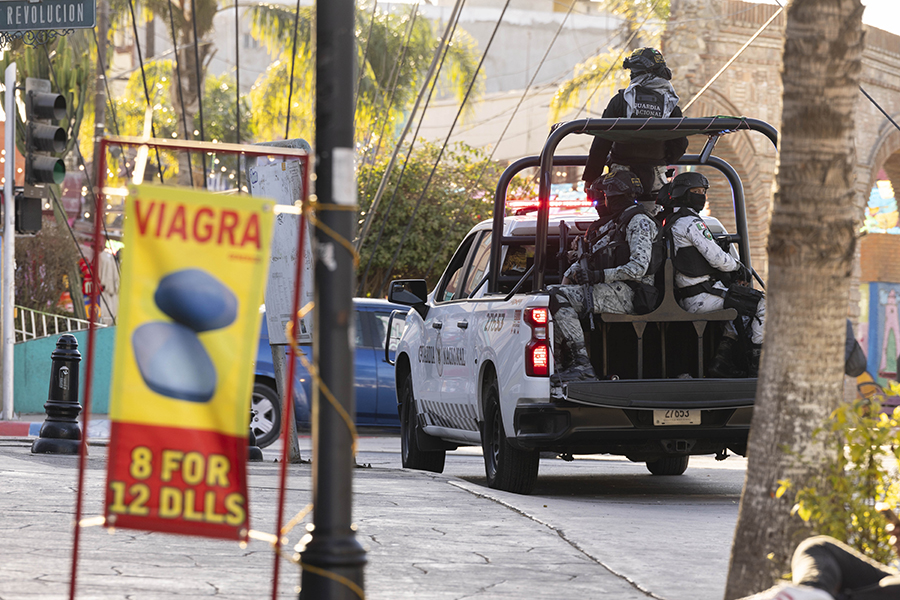
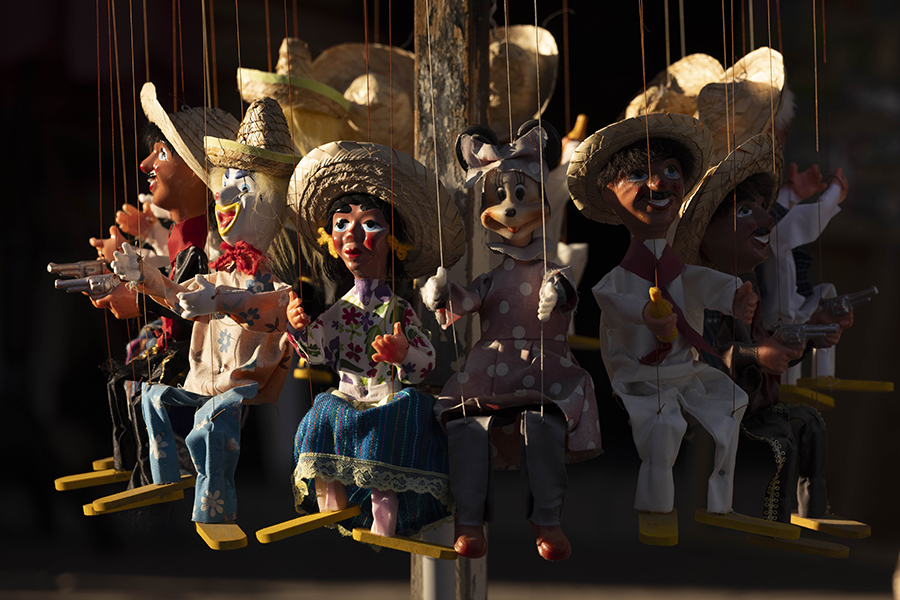
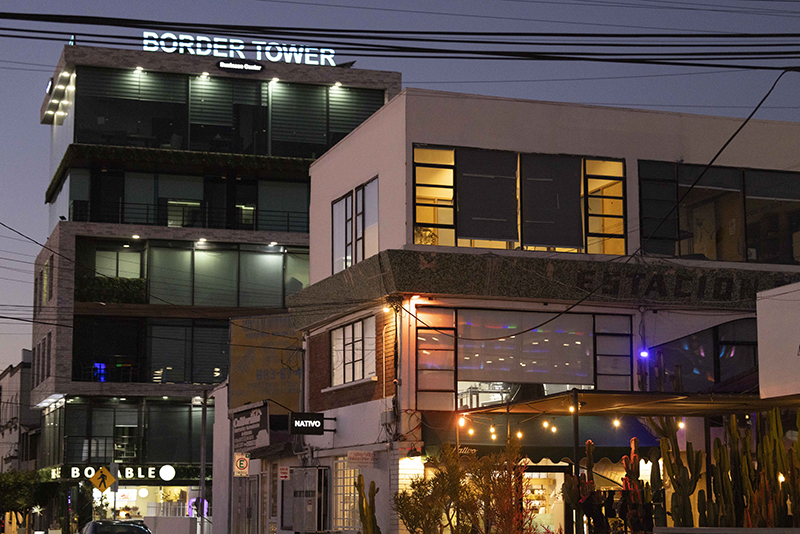
Afternoon traffic has snarled Paseo de los Héroes, a major arterial route through the city. A man walks with urgency trying to sell his wears. The traffic is absolutely stopped, and he’s covering as much ground as he can with the time that he has.
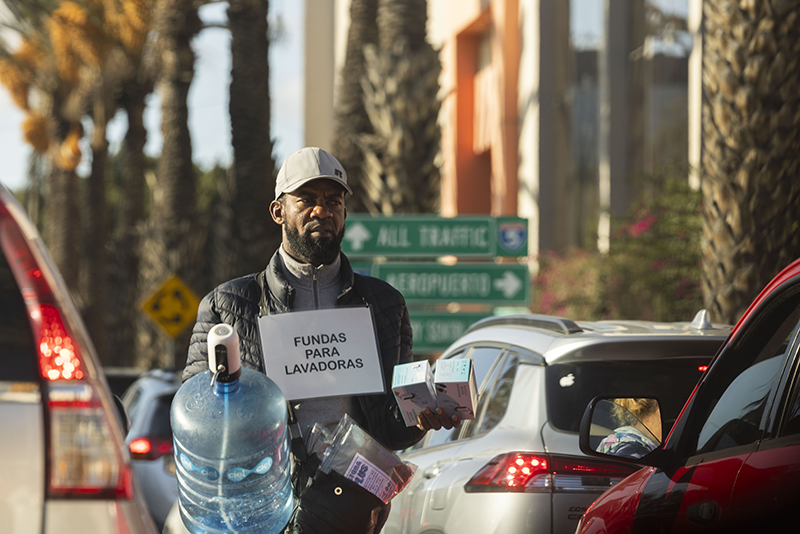
Since the 2010 Haiti earthquakes and continuing political dissolution of the country, many Haitians have become refugees.
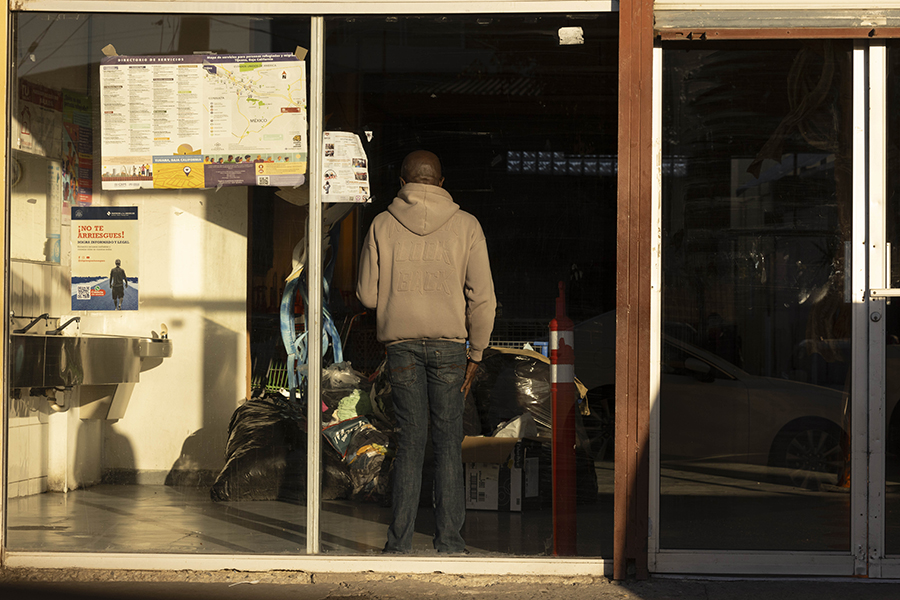
Global migration at the forefront, the reverberations of slavery and colonization are still tearing through the present. Urban theorist Mike Davis points out in Planet of Slums, that “Cities, indeed, have absorbed nearly two-thirds of the global population explosion since 1950”2
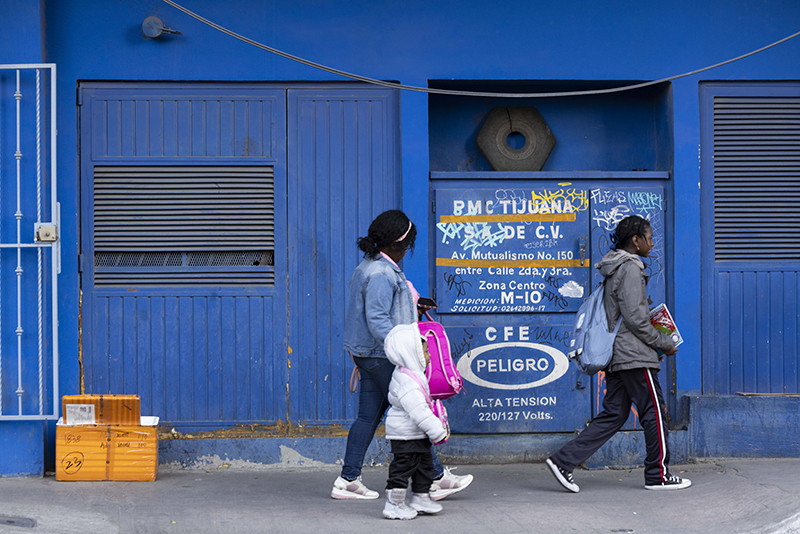
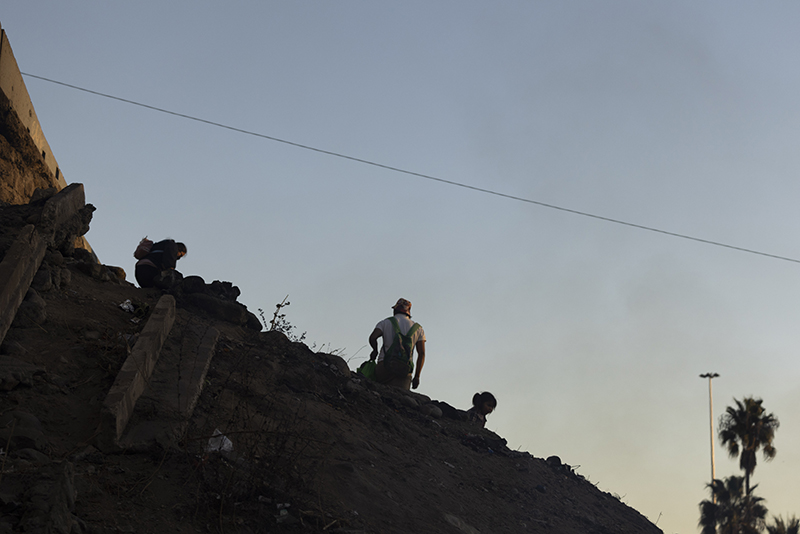
With the advent of Remain in Mexico and other policies, Haitian some refugees once seeking safe haven in the USA have often chosen to stay in the bustling city.3
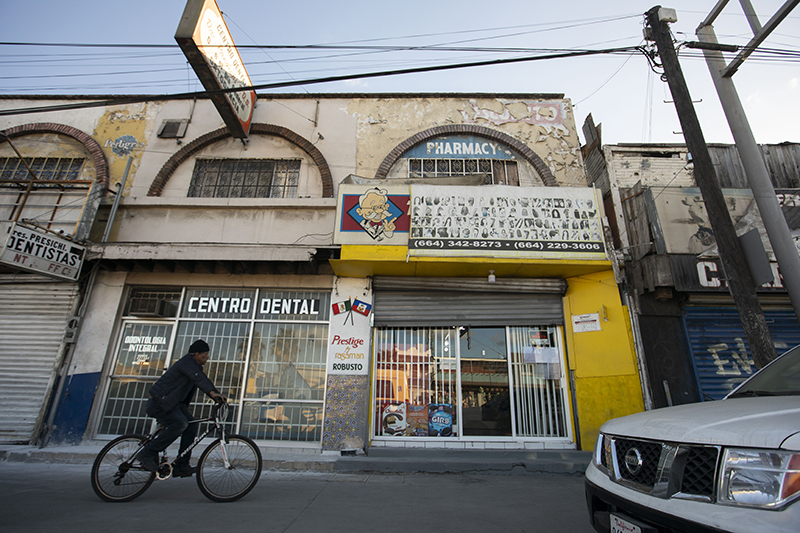
These new citizens have been laying down the next layer of urbanism in the city. As Pedro Ochoa, director general of the Centro Cultural Tijuana, notes “Every citizen, either Mexican or foreign, has given the city an international flair and transformed it into a mosaic of varying outlooks on life and ways of seeing the world.” 4

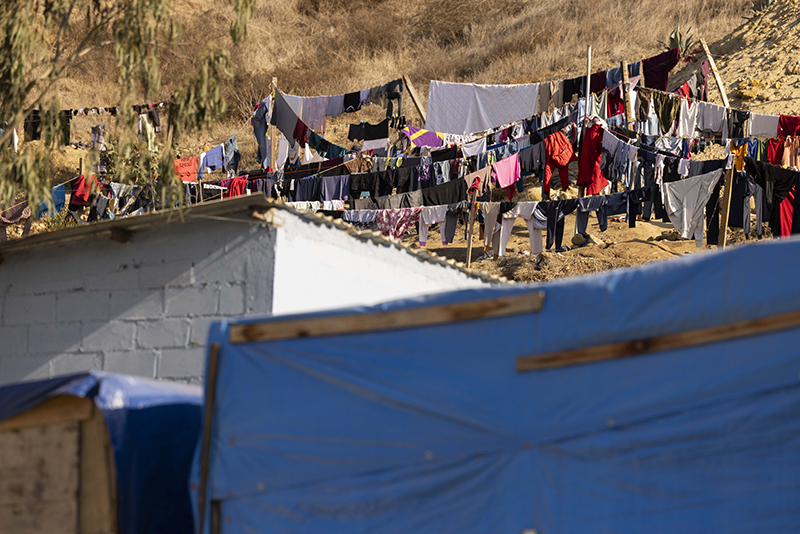
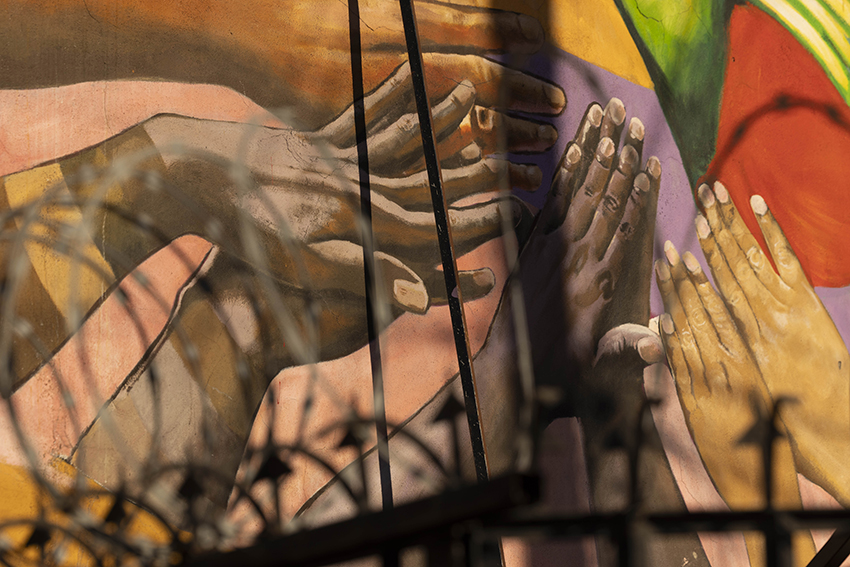
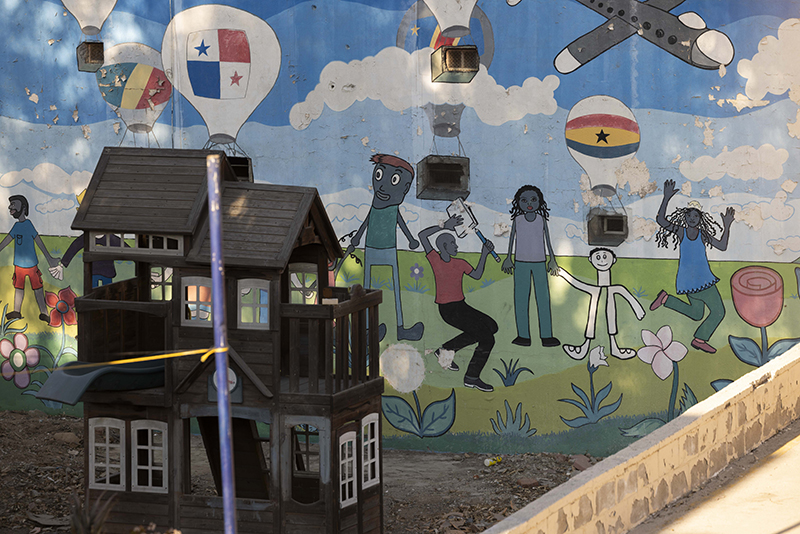
Amongst this contested landscape where wrought iron bars cling to windows, a neatly arranged and carefully maintained migrant shelter stands walled off from the rest of the community.

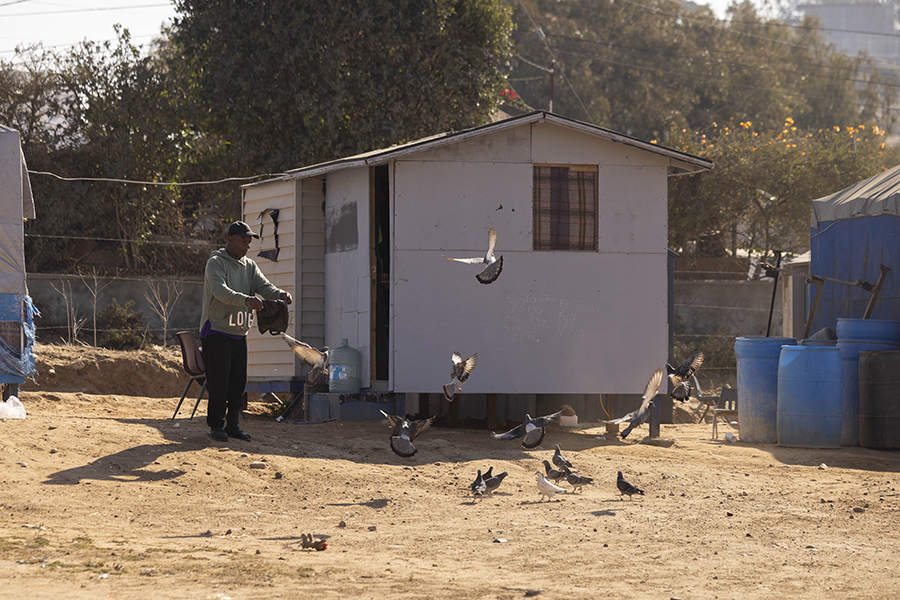
These are the ripples of the urban change, manifesting in real time.
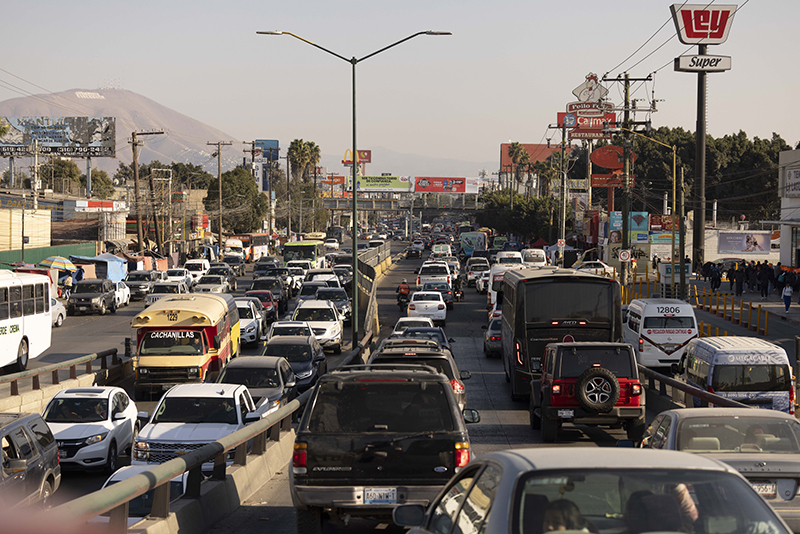
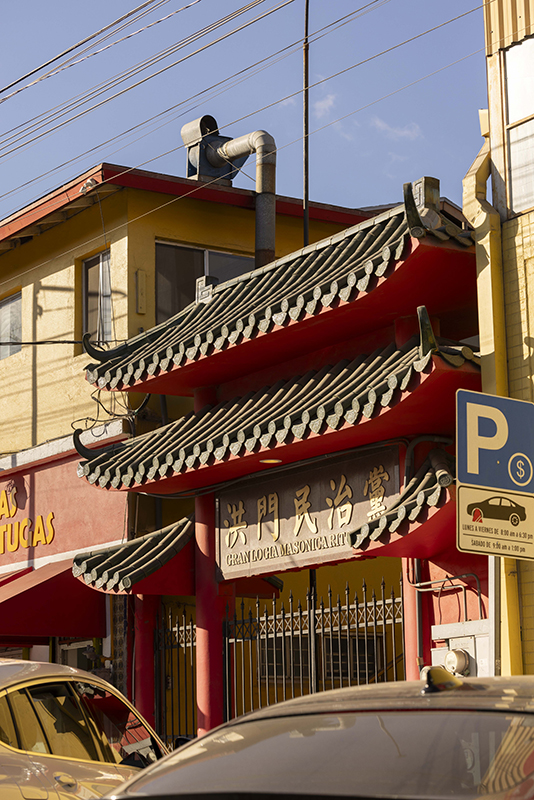
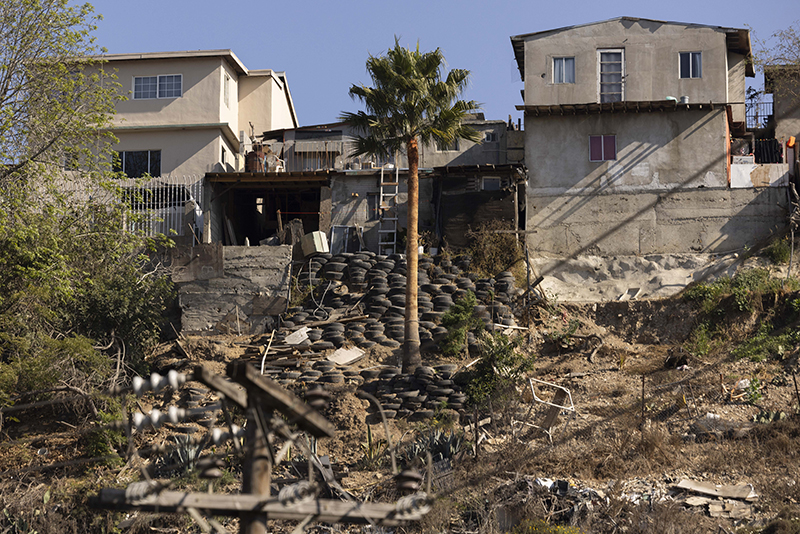
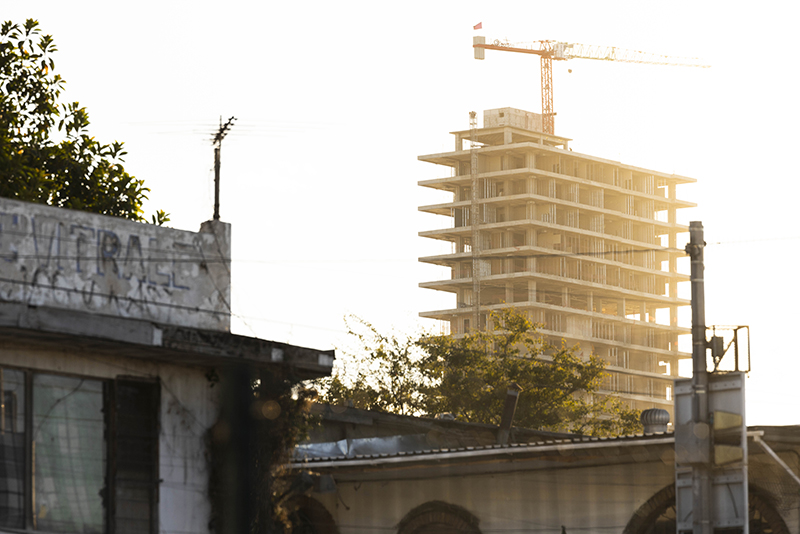
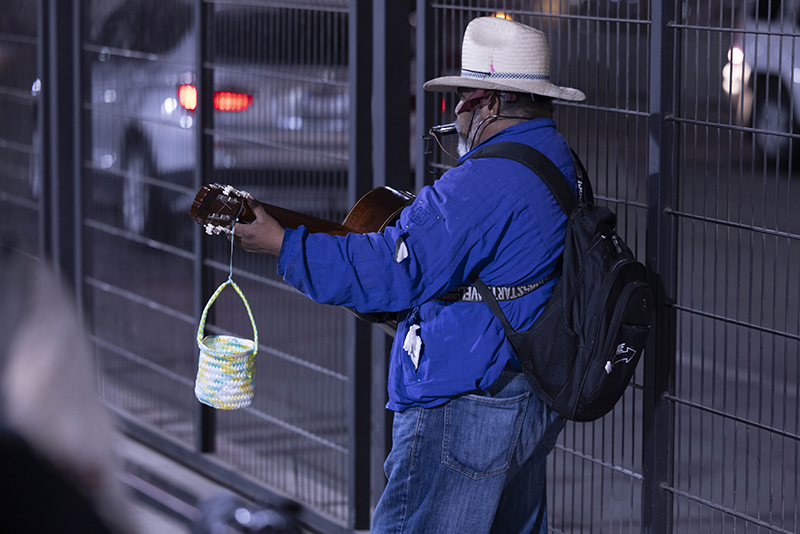
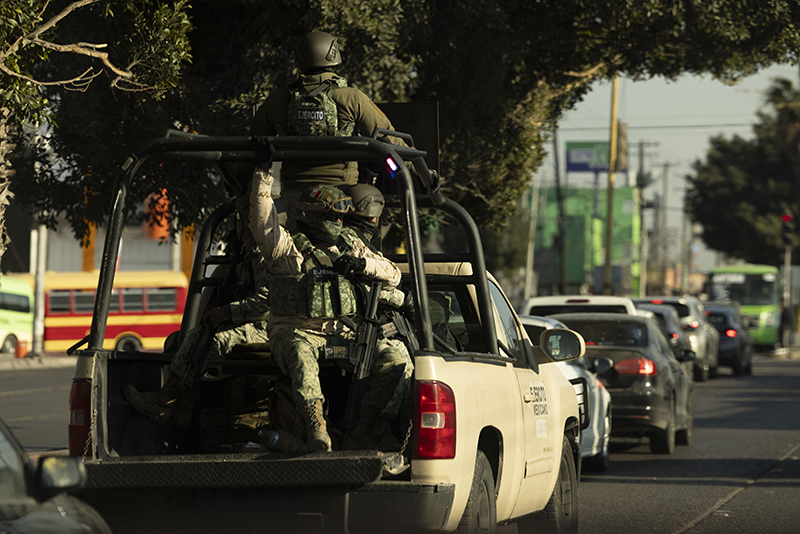

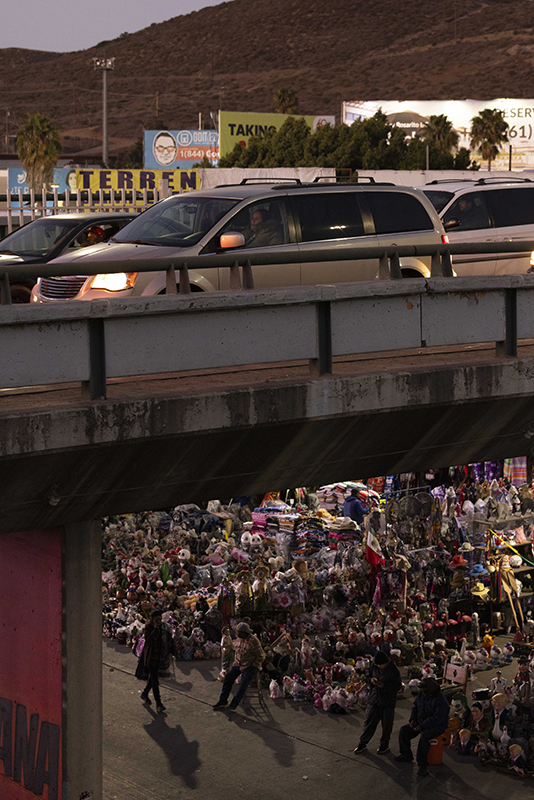
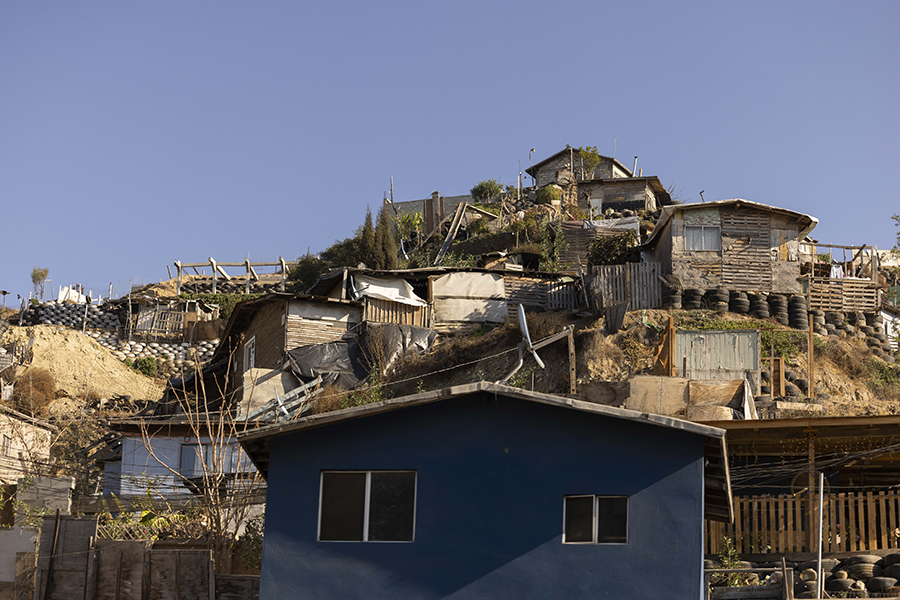
Alongside the new residents, the gears of capitalism continue to grind away. As Mike Davis pointed out in Evil Paradise, “dynamic, ever-growing social inequality, moreover, is the very engine of the contemporary economy, not just its inadvertent consequence.” 5
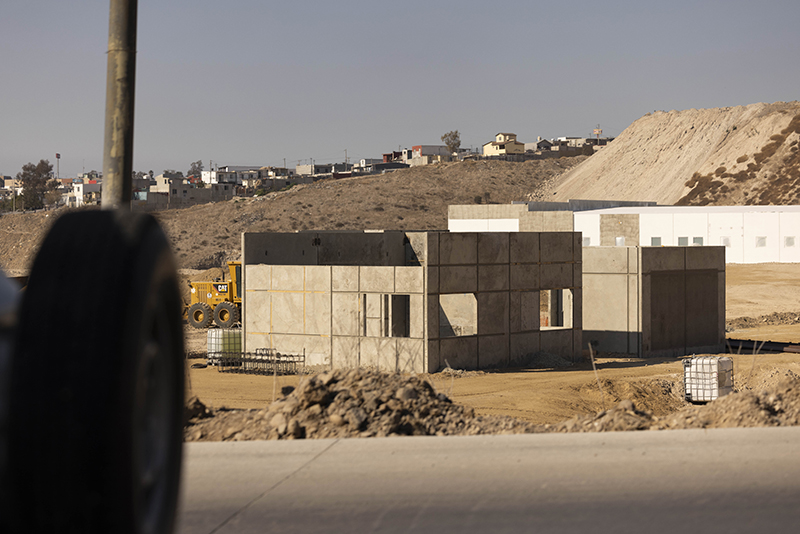
In a post NAFTA world, the Tijuana landscape is being bulldozed again. Parts of the rolling hillsides are being shaved away to make way for more shrines for cheap human labor, while informal housing covers the hillsides. Professor Paul Ganster observed “Adequate housing and supply of urban services have been ongoing concerns for governmental authorities” and that “An integrated urban development plan has not been followed for large and important parts of the city.” 6
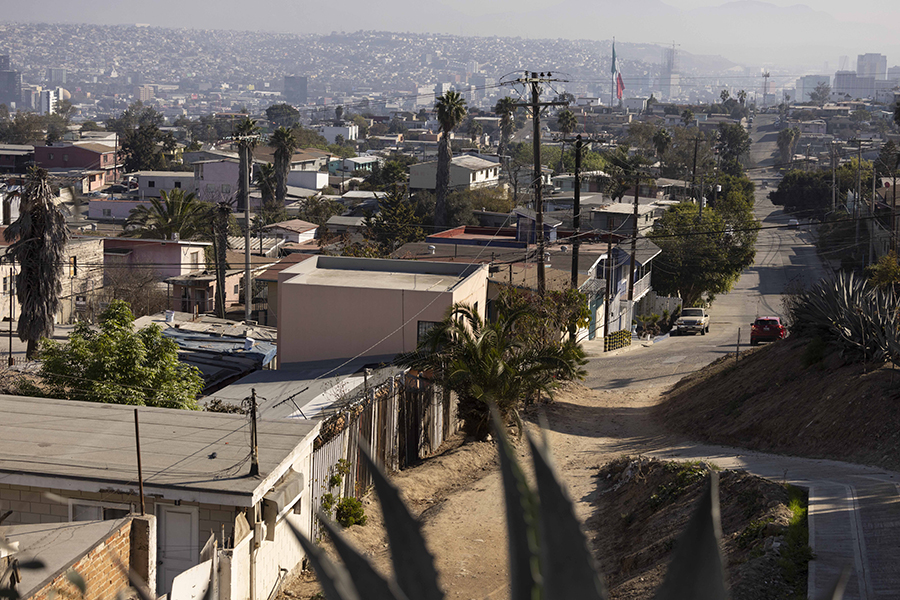
As Davis highlights in Magical Urbanism, “In the neoliberal utopia of a border economy capitalized on Mexico’s catastrophic national level of unemployment, real wages bear little or no relationship to workers’ productivity or the local cost of living.”7
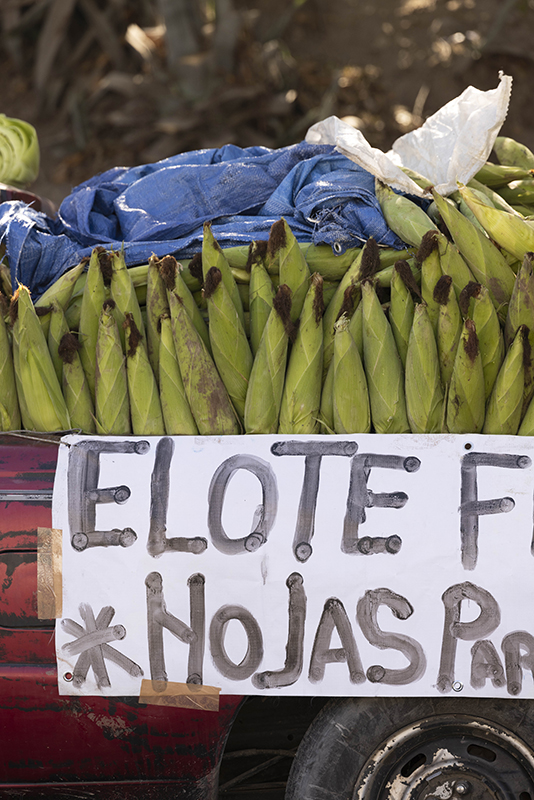
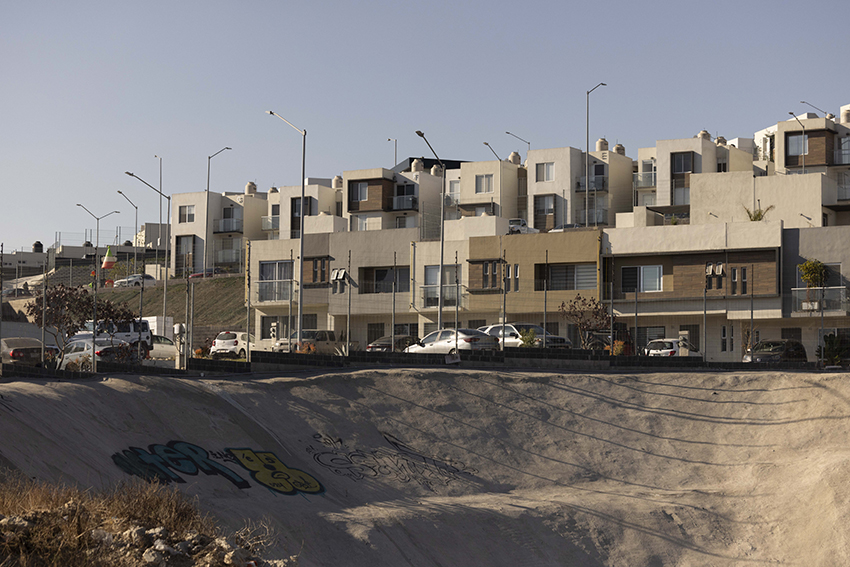
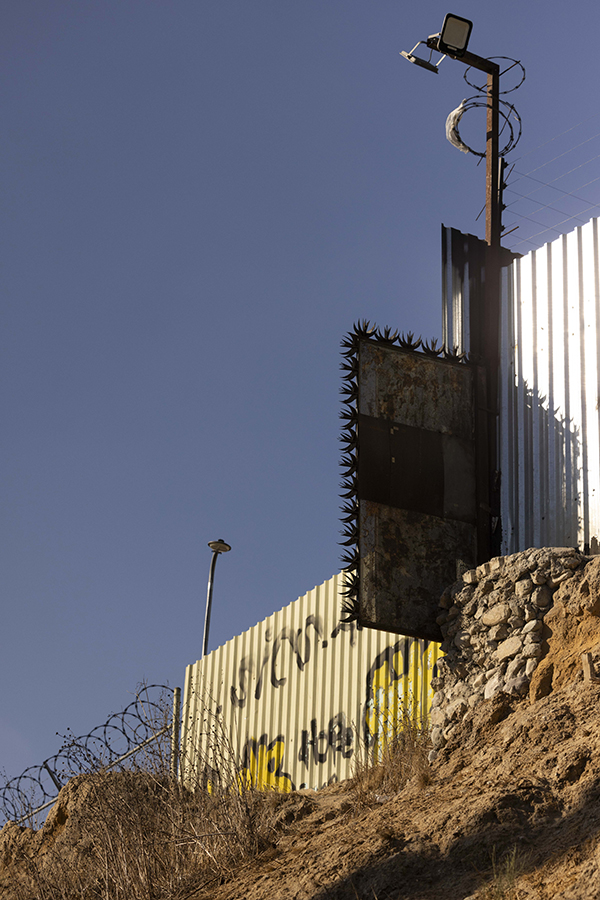
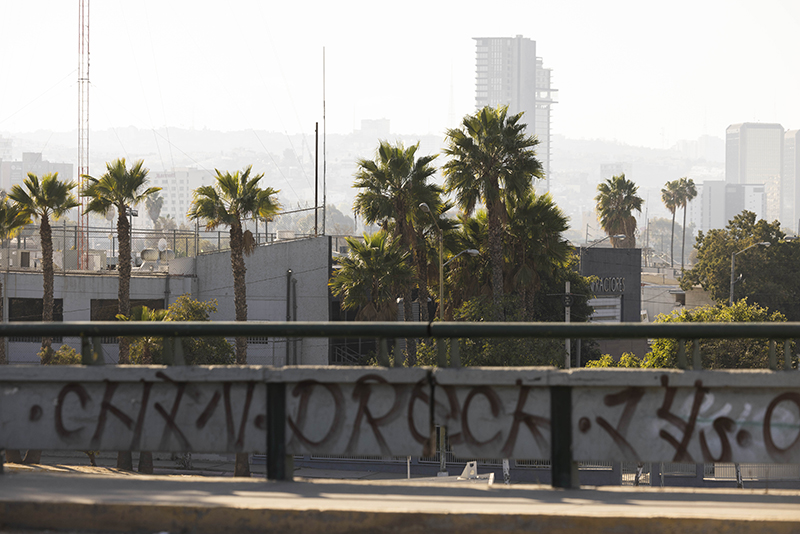
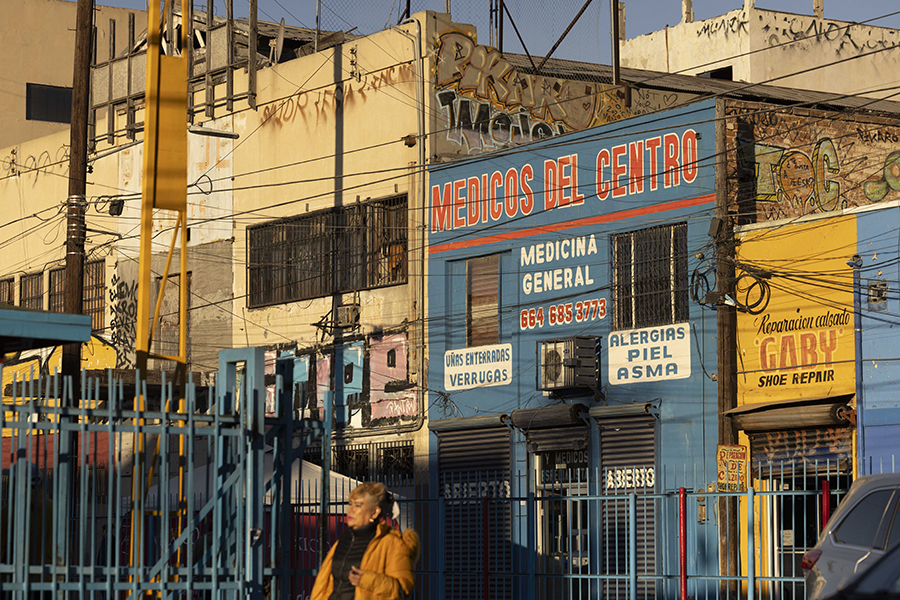
And it’s all hemmed in by the border wall, snaking its way towards Playas, ironic in its almost playful forms here- created here too by the complex geologic realties of the hillsides.
There’s much competition for attention here: Indigenous cleansing rituals, monuments marking original borders, vendors hawking a dynamic array of goods.
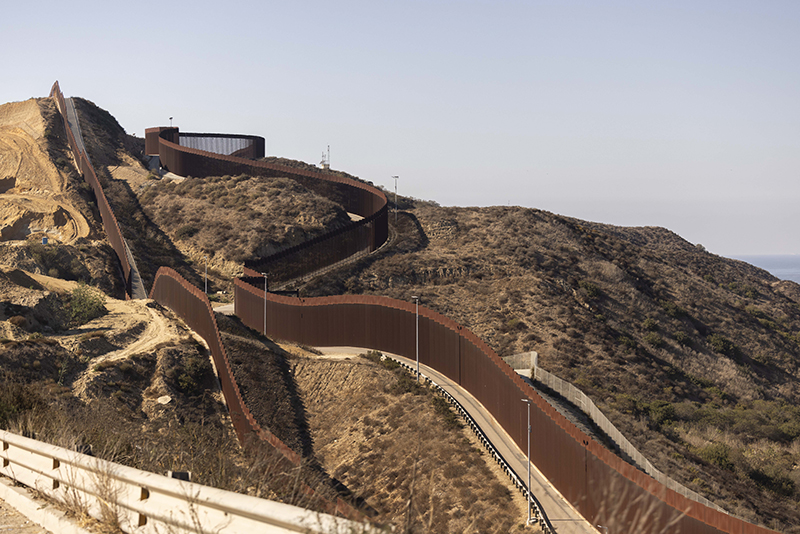
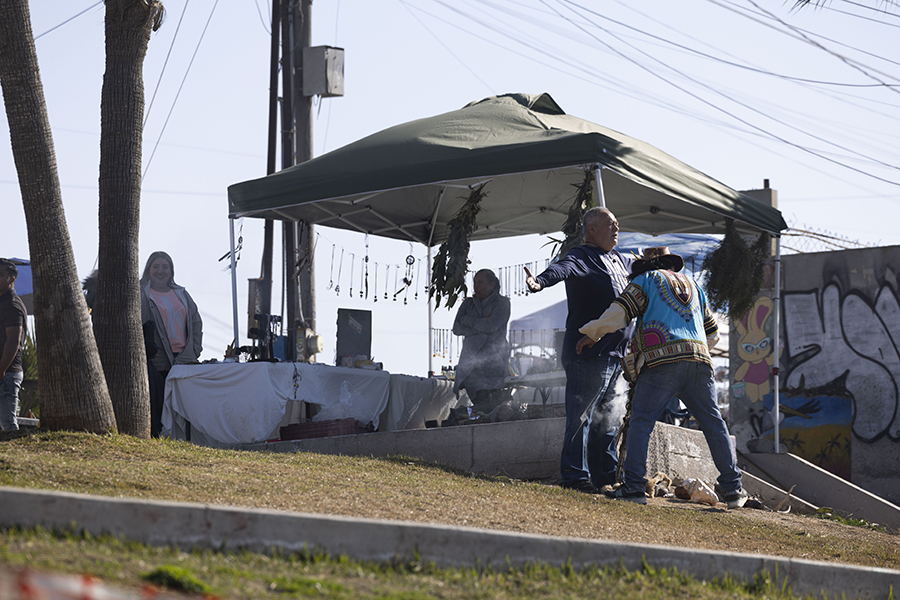
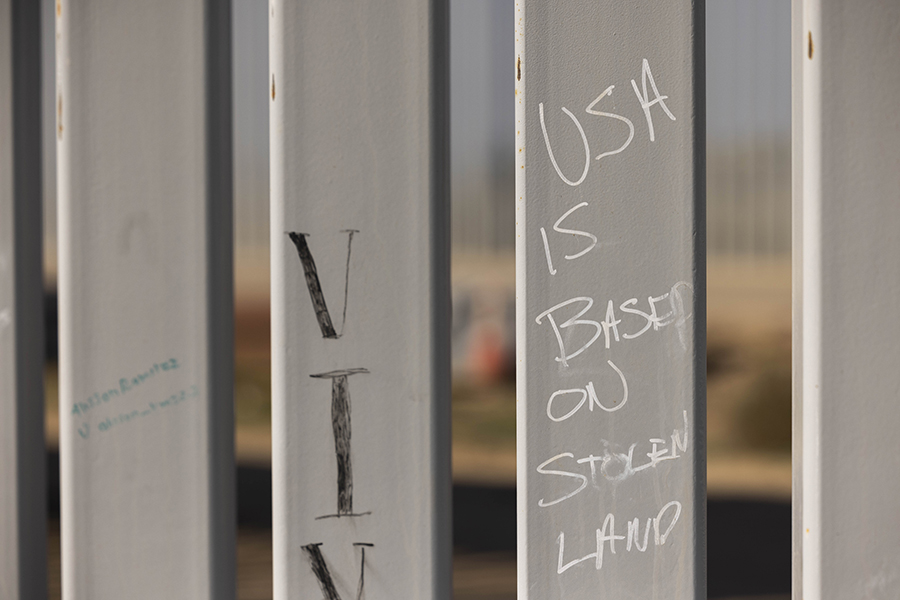
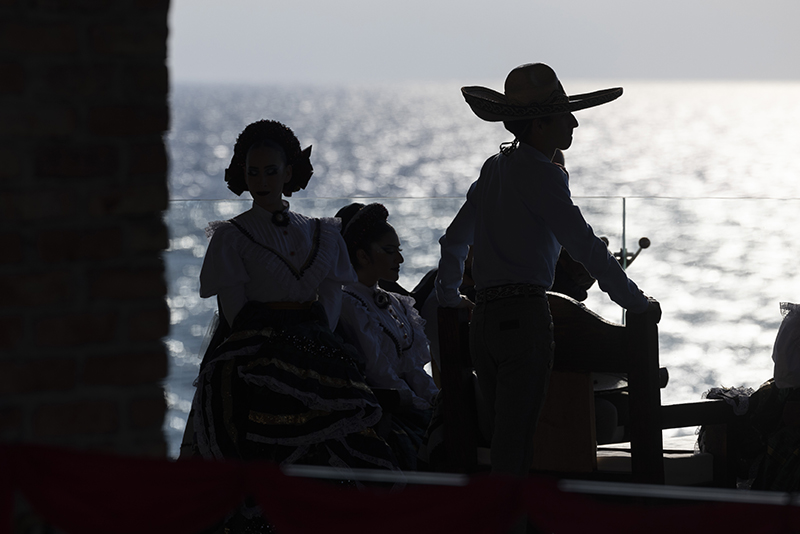
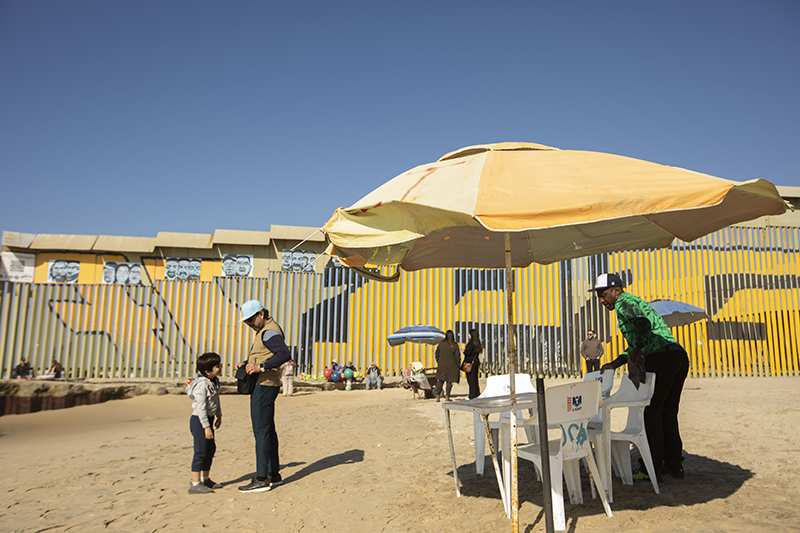
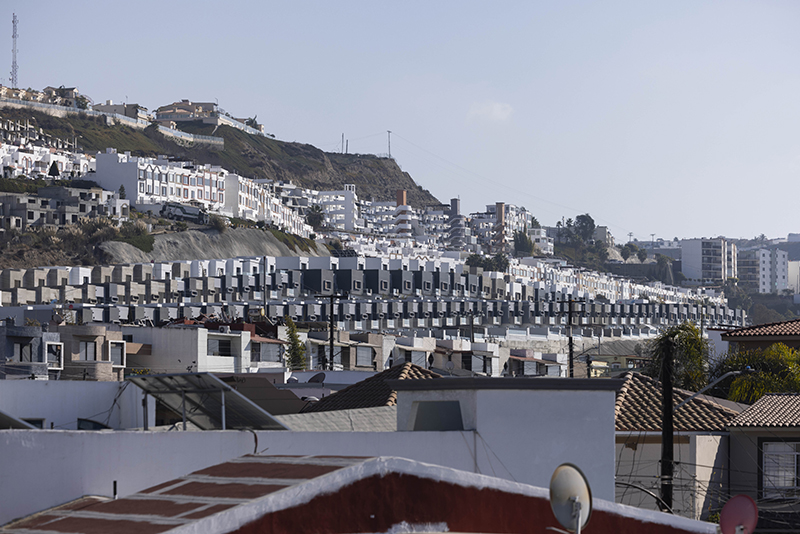
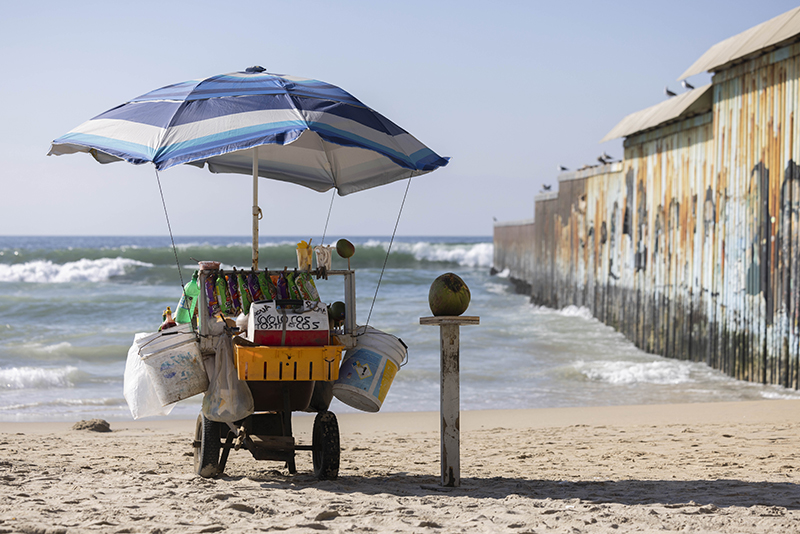
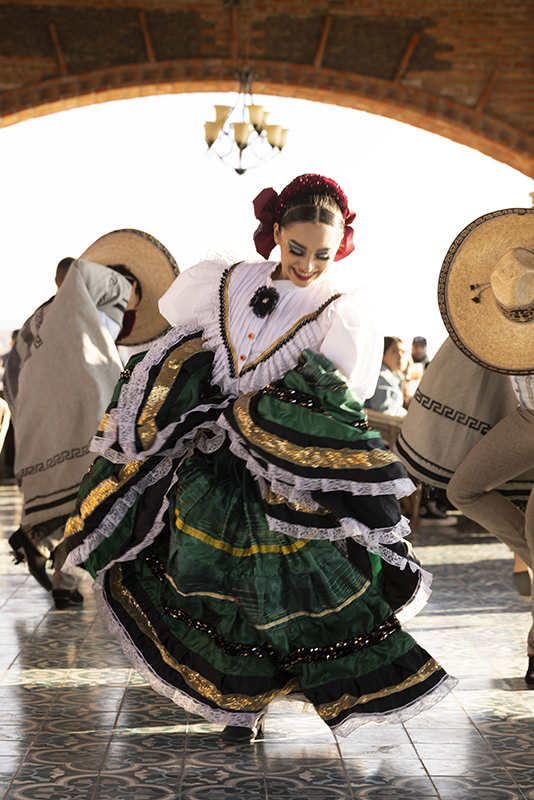
Driving south, this world is reshaped. More skyscrapers emerging along the crashing waves, Folkloricos dance in the sunset while Mariachi’s belt out classic rancheras. Remains of the colonial Spanish invasion still dot the landscape, an echo of the past as the Tierra starts to morph yet again.
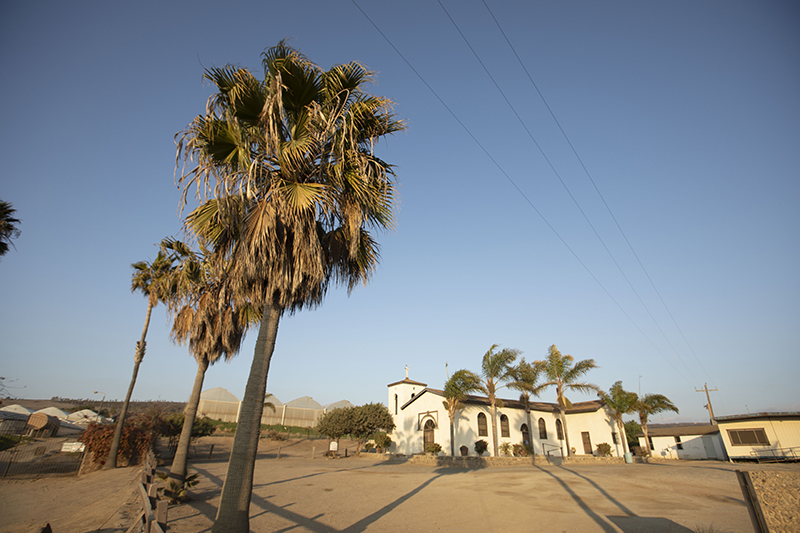
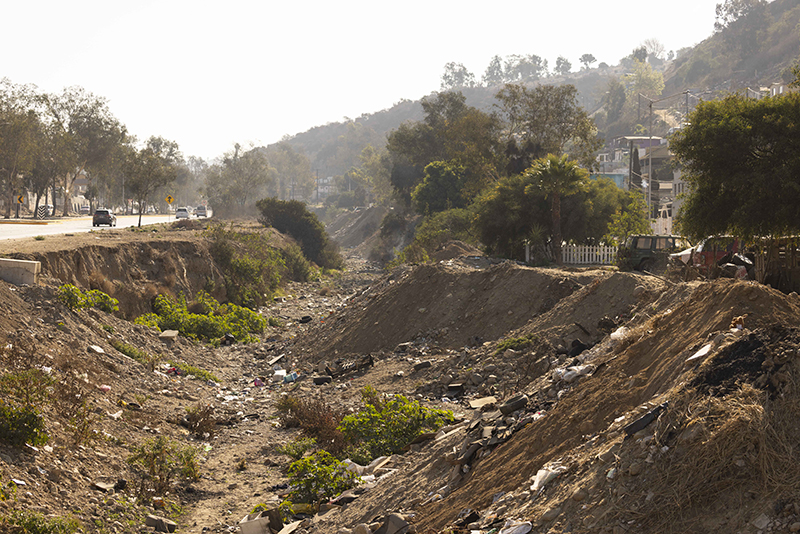
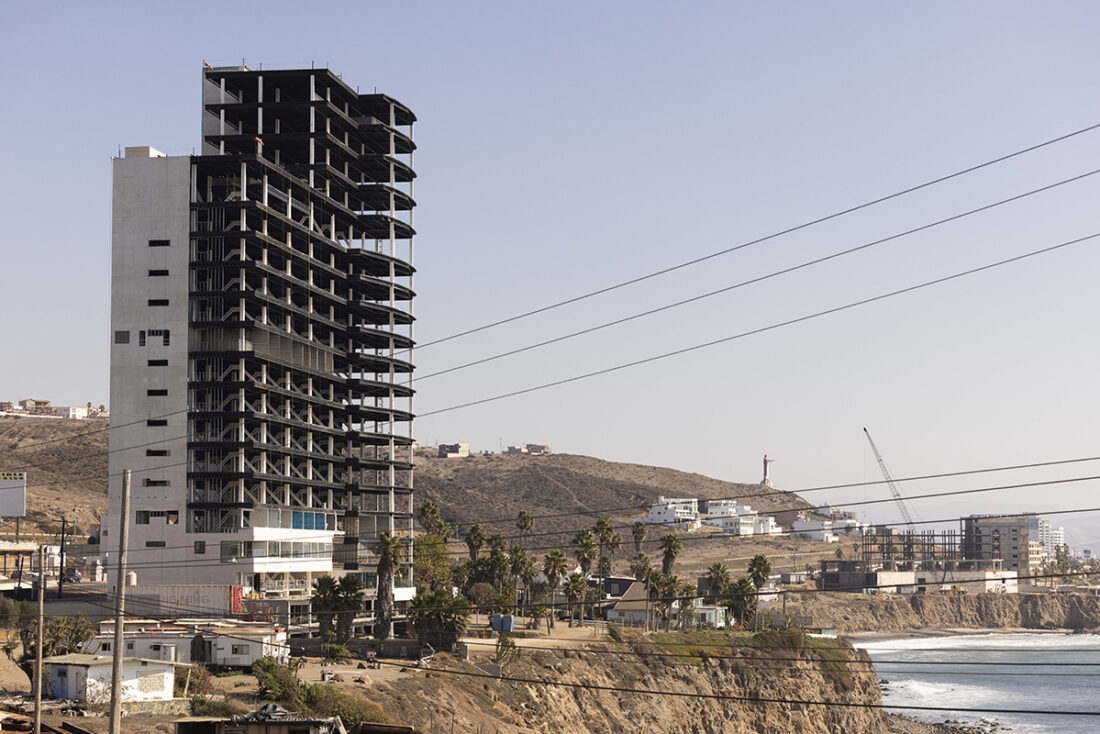
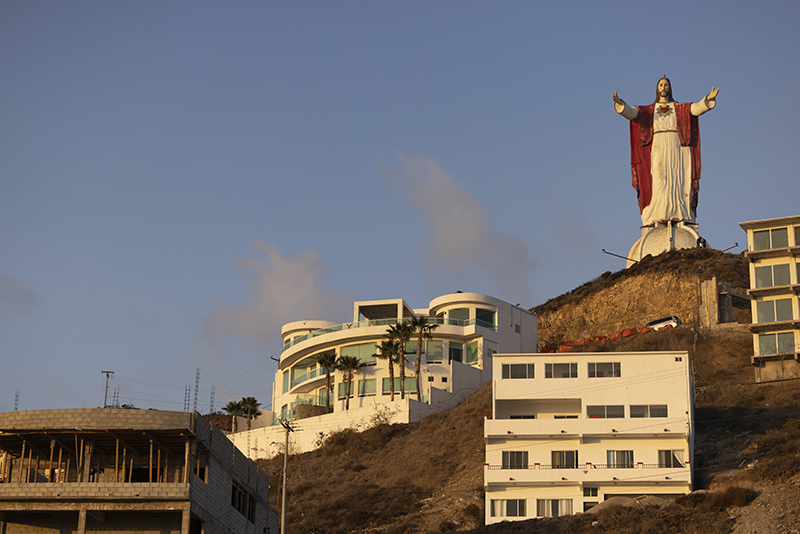
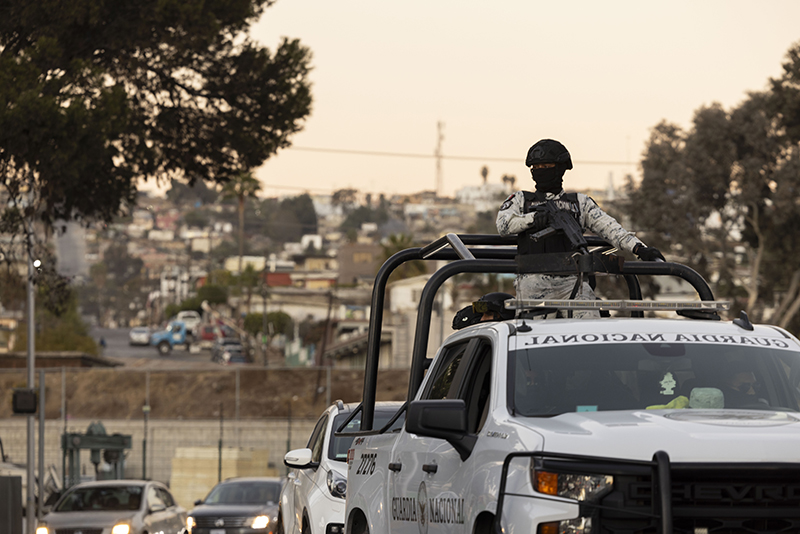
As Mumford asserts, “In order to defeat the insensate forces that now threaten civilization from within, we must transcend the original frustrations and negations that have dogged the city throughout it’s history. Otherwise the sterile gods of power, unrestrained by organic limits or human goals, will remake man in their own faceless image and bring human history to an end.”8
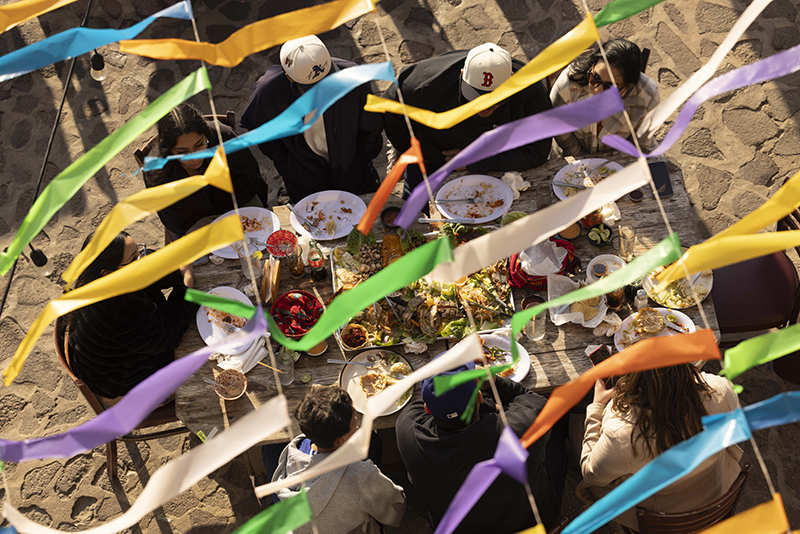
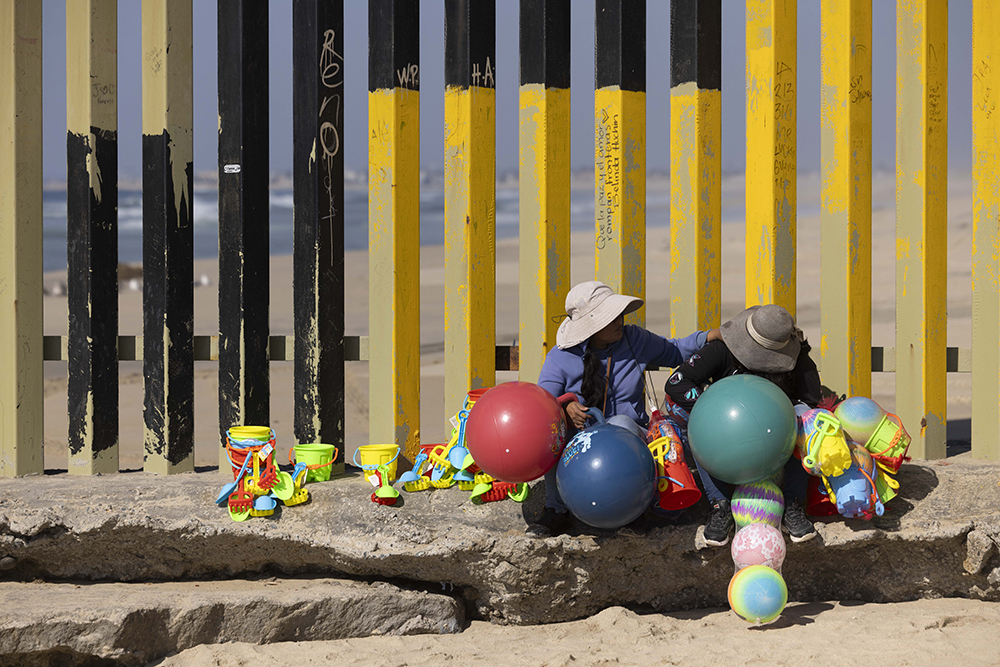
A beautiful seaside retreat for some, an open air prison for others.
- Mumford, Lewis. “Retrospect and Prospect.” The City in History, Harcourt, Brace & World, Inc., New York, New York, 1961, p. 576. ↩︎
- Davis, Mike. Planet of Slums. Verso, 2017, p. 1. ↩︎
- Slovick, Sam. “The Haiti Factor.” Red Canary Magazine, 6 Nov. 2024, redcanarycollective.org/magazine/haitian-immigration/. ↩︎
- Crosby, Harry W., et al. Tijuana 1964: Una Visión Fotográfica E Histórica. San Diego State University Press, Institute for Regional Studies of the Californias, 2014, p. V. ↩︎
- Davis, Mike, and Daniel Bertrand Monk. Evil Paradises: Dreamworlds of Neoliberalism. New Press ; Turnaround Distributor, 2008, p. XI. ↩︎
- Crosby, Harry W., et al. Tijuana 1964: Una Visión Fotográfica E Histórica. San Diego State University Press, Institute for Regional Studies of the Californias, 2014, p. 64-68. ↩︎
- Davis, Mike. Magical Urbanism: Latinos Reinvent the US City. Verso, 2001, p. 29. ↩︎
- Mumford, Lewis. “Retrospect and Prospect.” The City in History, Harcourt, Brace & World, Inc., New York, New York, 1961, p. 576. ↩︎

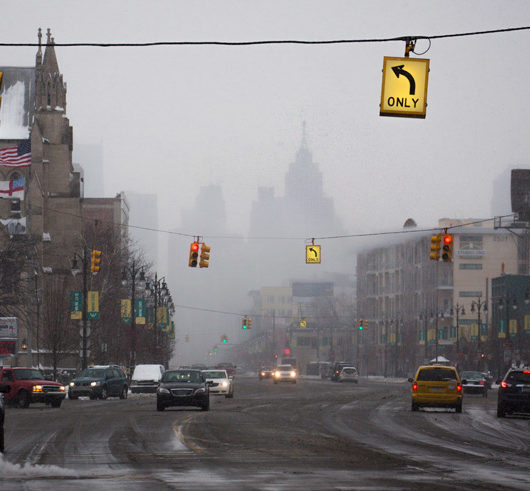
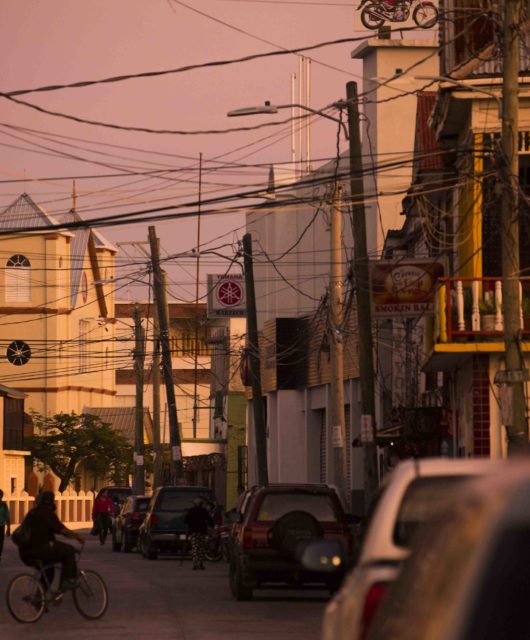
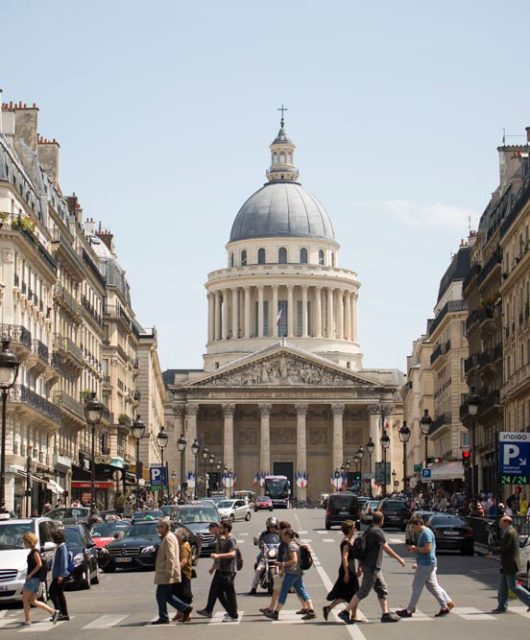
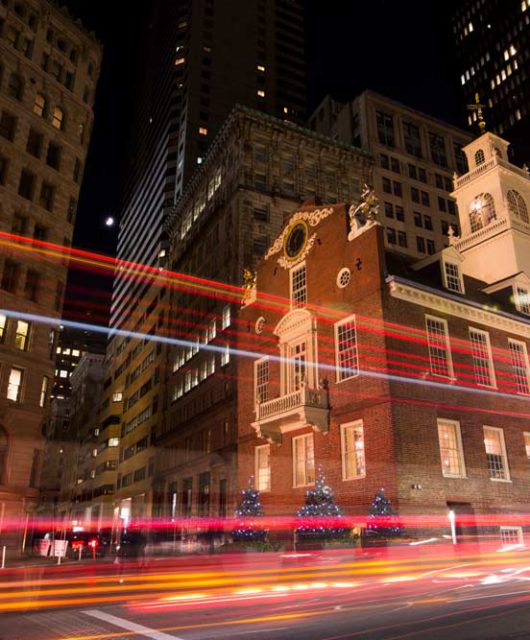
Recent Comments